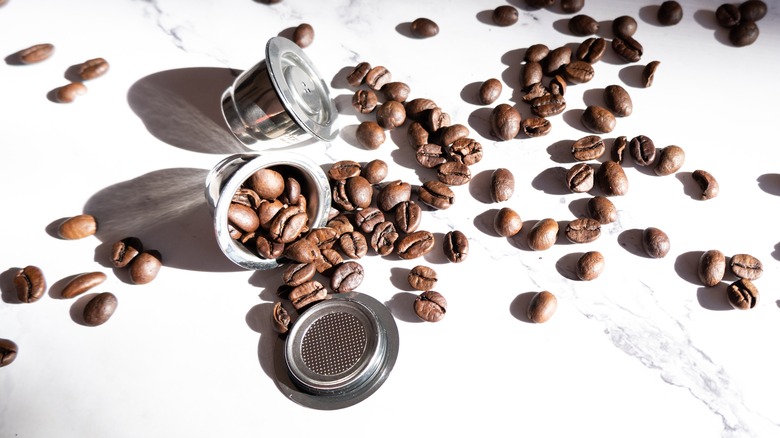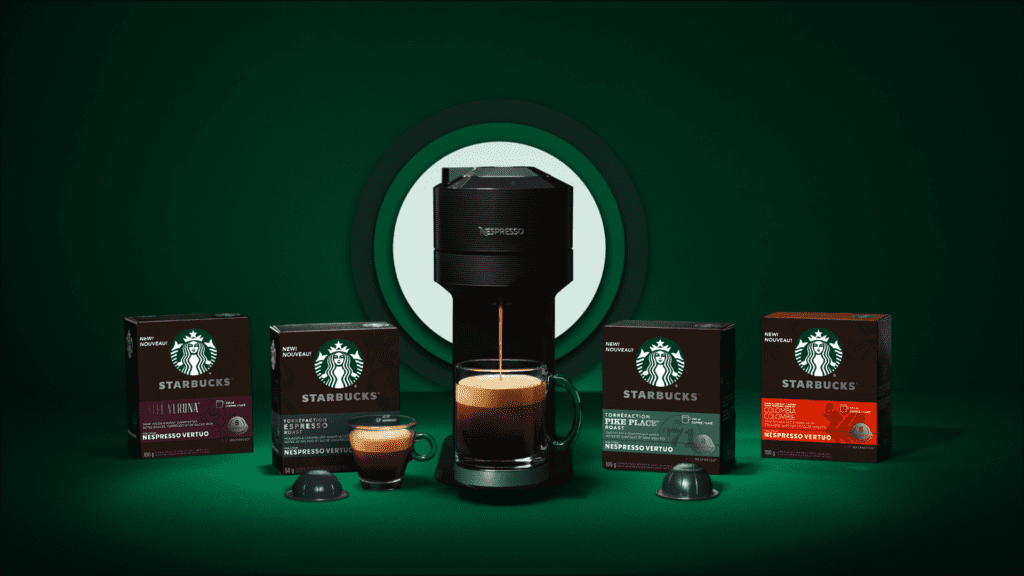Light roasts are the darlings of the specialty coffee world—but when it comes to espresso, they’re also the most divisive. Ask around, and you’ll hear everything from “too sour” to “incredible clarity.” So, can light roasts really work in espresso? Yes—but only if you understand how to approach them. These coffees demand precision, patience, and gear that can handle the variables.
In this deep-dive, we’ll break down what makes light roasts in espresso tricky, how to extract it properly, and when it shines brightest in the cup.
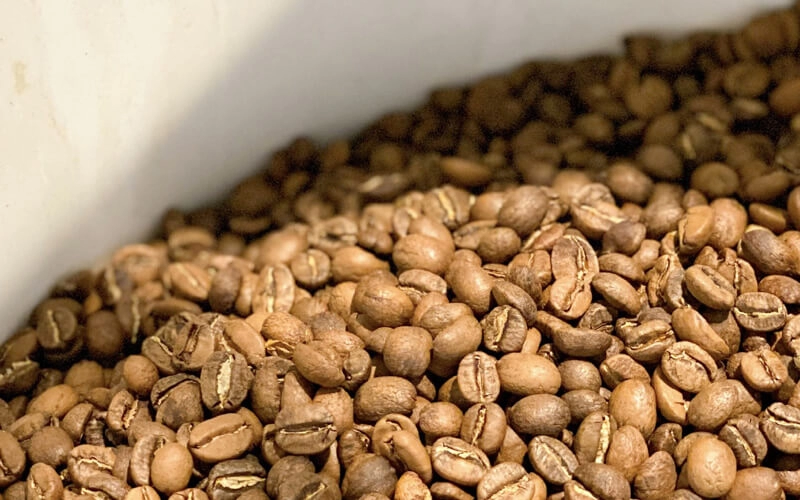
What Is a Light Roast, Really?
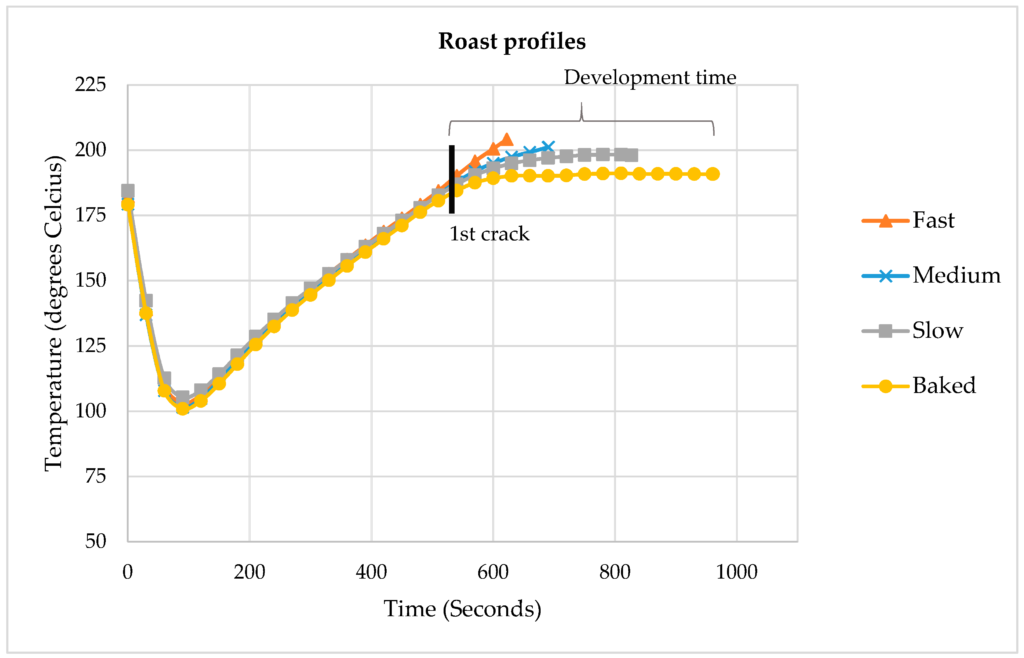
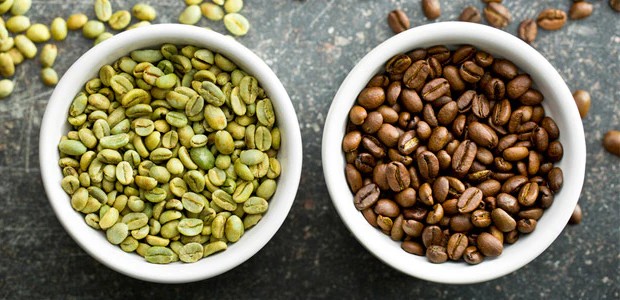
A light roast is typically pulled just after first crack, often finishing at ~385–405°F (196–207°C). The goal is to preserve origin flavor, acidity, and complexity—not to develop roast character.
Key characteristics:
- Light brown color, no oils
- Retains more moisture and internal structure
- Higher acidity, lower body
- Solubility is lower = harder to extract
These traits make light roast brilliant for filter, but challenging in espresso.
Why Light Roasts Are Harder to Brew as Espresso

Light roast coffee is:
- Less soluble → needs longer brew times and finer grinds
- More acidic → sourness shows quickly if extraction isn’t spot-on
- More dense → requires higher pressure, heat, and precision
Without the right adjustments, your espresso can taste grassy, sour, sharp, or thin.
When Light Roast Espresso Works

Best for:
- Single-origin flavor exploration
- Specialty cafés and home enthusiasts with high-end machines
- Espresso flights and signature drinks
- Those who enjoy fruit, florals, and acidity
Light roast espresso isn’t about body or crema—it’s about complexity and clarity.

Essential Equipment for Brewing Light Roast Espresso
To brew light roast espresso well, you’ll want:
- PID temperature control → Stability above 200°F
- Adjustable pressure or flow control → To slow down pre-infusion and manage channeling
- Consistent grinder → Finer grind required
- Bottomless portafilter → Watch for puck issues
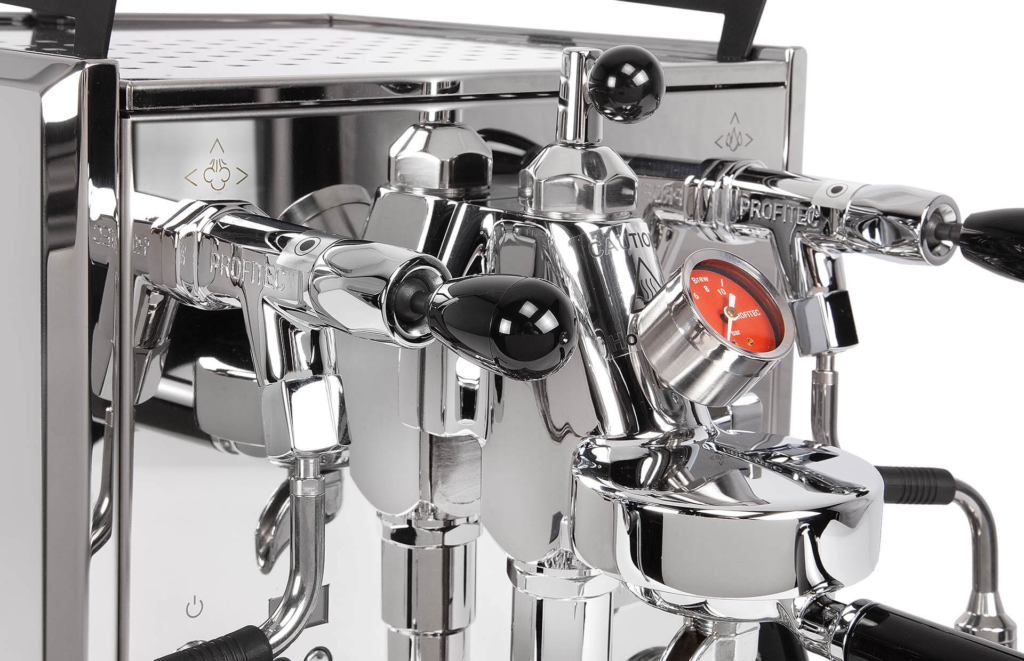
Basic machines with no pre-infusion or temp control will struggle to fully unlock light roast solubles.
Dialing In Light Roast for Espresso
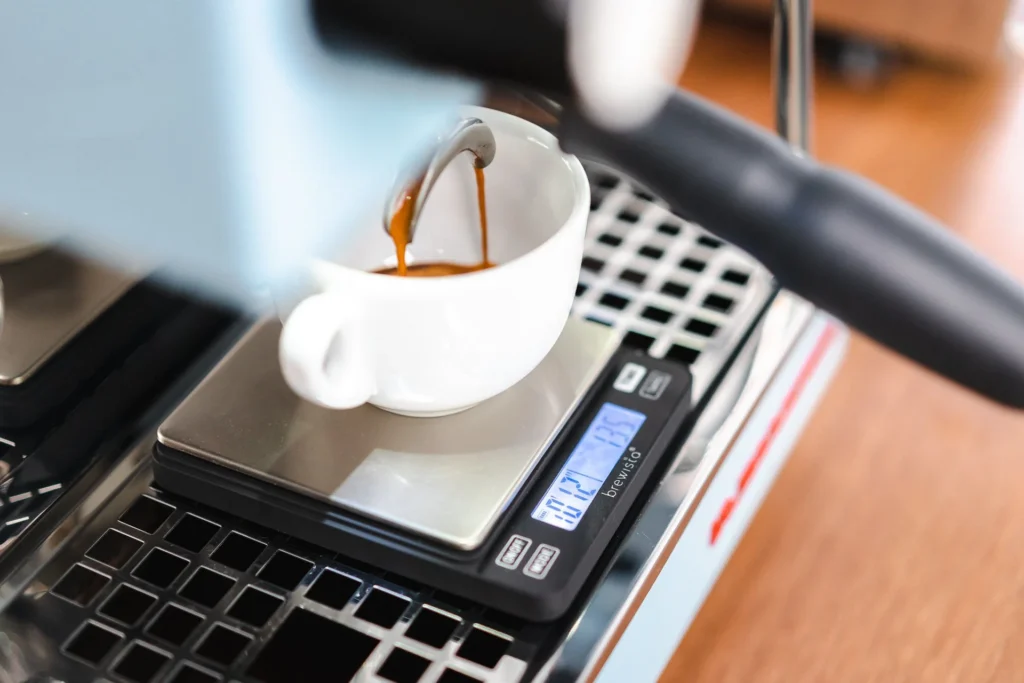
Starting Recipe Framework
- Dose: 18–18.5g
- Yield: 40–42g
- Time: 30–35 seconds
- Temp: 201–203°F
- Pre-infusion: 5–8 seconds
- Brew Ratio: 1:2.2 or more
Tips:
- Let beans rest at least 10–14 days post-roast
- WDT and puck prep are critical—light roasts channel easily
- Taste for acidity + sweetness + finish clarity
Flavor Expectations with Light Roast Espresso

Origin Typical Notes
Ethiopia (washed) Jasmine, lemon, peach, bergamot
Kenya (washed) Blackcurrant, grapefruit, tomato
Colombia (washed) Apple, panela, cherry, lime
Burundi/Rwanda Red fruit, hibiscus, brown sugar
You’ll notice:
- Less crema
- Tea-like texture
- Brighter aroma
- Shorter finish (unless fermented)
Pros & Cons of Light Roasts in Espresso
- Intense clarity & brightness Can taste sour if under-extracted
- Origin flavor shines Requires high-end equipment
- Great for flights & connoisseurs Lacks body & crema
- Low bitterness Thin mouthfeel if not dialed in
Tips to Pull Light Roast Espresso Without Losing Your Mind
If you’re ready to test the waters, here’s your crash course:
- Grind finer. Light roasts are denser and harder to extract finer grind = more surface area.
- Increase brew temp. Go hotter, like 202–205°F (if your machine lets you).
- Try longer shots. Don’t be afraid of 1:2.5 or even 1:3 ratios. You might pull a 40–45g shot from an 18g dose.
- Pre-infusion is your friend. Let the puck soak before full pressure kicks in.
- Use fresh beans. Light roasts stale faster. Aim for 7–14 days post-roast.
Bonus tip: taste, don’t chase. Not every light roast will shine in espresso form. Some are better as pour-overs or filter brews, and that’s okay.
Final Thoughts: A Challenge Worth Taking
Light roast espresso isn’t for the faint of palate—or equipment. But if you’re chasing a sensory journey full of florals, fruit, and high-definition complexity, this roast style delivers something dark and medium roasts can’t.
It’s not better. It’s not worse. It’s just a different kind of espresso experience—one that rewards attention to detail.
Written by Jose Luis Surjan
Espresso & Latin Food Expert

